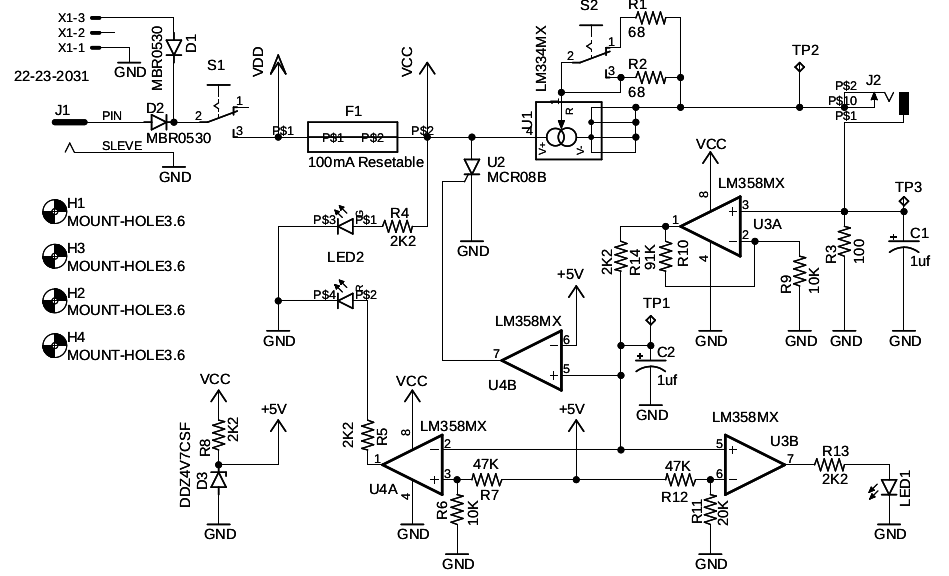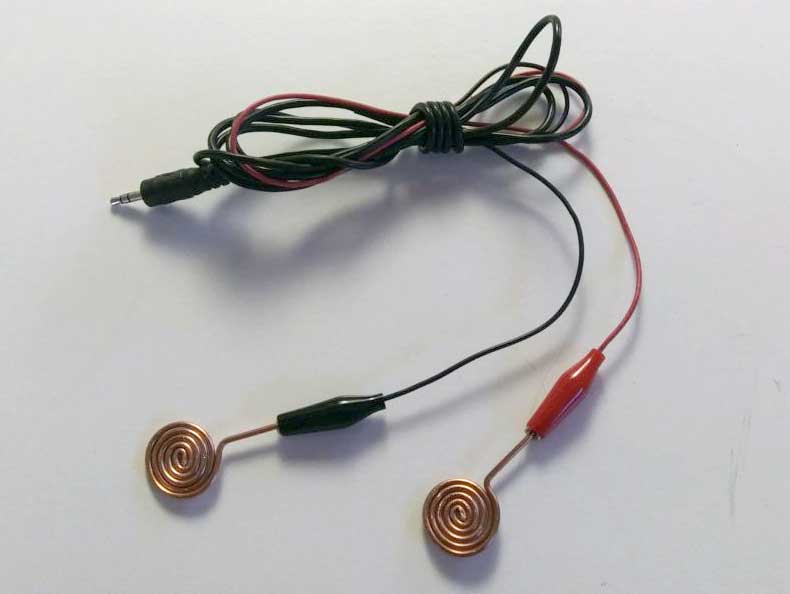This video shows what is included with the Activadose tDCS Starter Kit from Caputron as well as a quick start guide. For more in depth look at how to use the device or to purchase this device, visit Caputron.com (As mentioned elsewhere on the blog, I have an affiliate relationship with Caputron. If you purchase any product from Caputron using code diytdcs at checkout, you will receive a discount and I will receive an affiliate fee.)
Monthly Archives: February 2019
Halo: A headset that makes you learn faster | Should This Exist? (Podcast)
Neuroscientist Daniel Chao created a headset that hacks your brain with electricity so you can learn as fast as a kid again. It’s called Halo, and it helps you learn motor skills faster. Athletes use it; musicians too. But we’re not far from a future when Halo could help anyone master anything. Where will that take us? Host Caterina Fake leads the journey, joined by Comedian Baratunde Thurston and Quartz Editor in Chief Kevin Delaney, who help Daniel future-cast, and see his invention through the future best for humanity.
Physical Medicine and Rehabilitation Non-Invasive Brain Stimulation (NIBS) | John Hopkins
Michael was told he had reached his limit on what he could do. This was not something Michael and his partner, Jason, would accept. They began to look for other options and found Johns Hopkins Physical Medicine and Rehabilitation’s Non-Invasive Brain Stimulation (NIBS) as Michael’s answer to improve. Watch to learn more about Pablo Celnik and his team’s approach to setting Michael on a path to recovery.
John Hopkins Physical Medicine and Rehabilitation
Doc Johnson’s DIY Build | diligent5.org
From a comment to the blog. Doc Johnson shares this beautiful DIY tDCS build. Thanks Doc!

I’m personally just beginning experimenting with TDCS, and as an avid DIYer, I built my own. The open designs I’ve seen seem to be a little short on features (particularly a fail-safe over-current protection), so I decided to use my background as an Electrical Engineer to start from scratch. It might be useful for others who are interested in building their own.
The design incorporates a feature that trips something equivalent to a circuit breaker if more than about 4.8mA of current flows through the electrodes. It should never happen based on the current regulator design, but I’ve seen too many pieces of silicon short out in a way that would be dangerous in this situation. I finished testing the design this weekend, and am quite happy with it. All told, the parts are about $20, not counting the hours spent designing, building, testing, redesigning…
The design and links for how I built the circuit board are located at https://www.diligent5.org/?p=1993 I built it using surface mount components because I like the tighter resistor tolerances available, but theoretically the components (or something equivalent) are available as through-hole components for the less adventurous. Cheers, Doc Johnson
- TDCS Controller Step 2 – Building The Circuit Board
- TDCS Controller Step 3 – Testing the Design
- TDCS Controller Step 4 – Redesign
- TDCS Controller Step 5 – Making Electrodes

